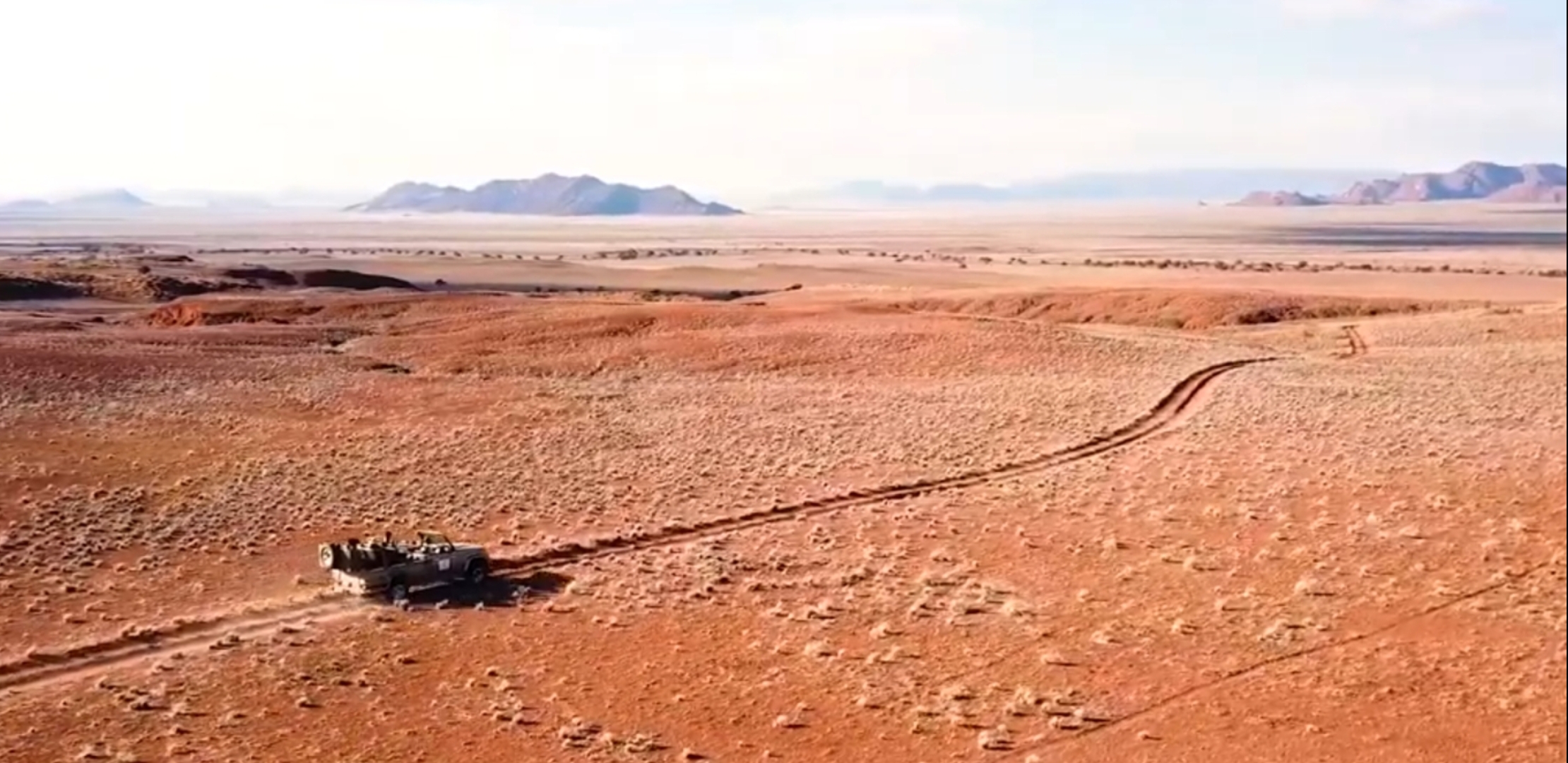
September 21, 2020
Anna Murray
Namibia reopened borders on September 1 and announced to withdraw travel restrictions and curfews on September 18. Then, the first direct flight connecting Europe and Namibia officially resumed on September 20 while a Eurowings flight landed at the Hosea Kutako International Airport, which is the main international airport serving the capital Windhoek. The economy of Namibia, which depends mainly on the country's wildlife tourism, has finally spared from the negative impact of the Covid-19 pandemic after more than 6 months of lockdown.
There are 86 communal conservancies, run by the local residents in Namibia. They play an important role in Namibia’s sustainable development and are highly appreciated by tourists. Black rock, ochre sand, and shining blue skies form stunning scenery in the desert. An array of wildlife species such as black rhinos, cheetahs, hyenas, lions, and zebras can be seen everywhere in the land here. However, the conservancies have to pay US$3.5 million in annual staff salaries.
Most tourists in Namibia come from China, Europe, the US, and neighboring African countries. It is a country of 2.5 million people in the population, with reportedly 1.7 million foreign visitors, bringing in US$3.2 million income for it in 2019. But Namibia’s wildlife tourism has taken a major hit during the pandemic, and the future of the country’s wildlife reserves remains uncertain. The Namibia Wildlife Resorts (NWR) board, managing director, and senior management realized the company was continuing to incur costs and had not received any significant revenue amid the coronavirus pandemic.
Photo:Webshot.
